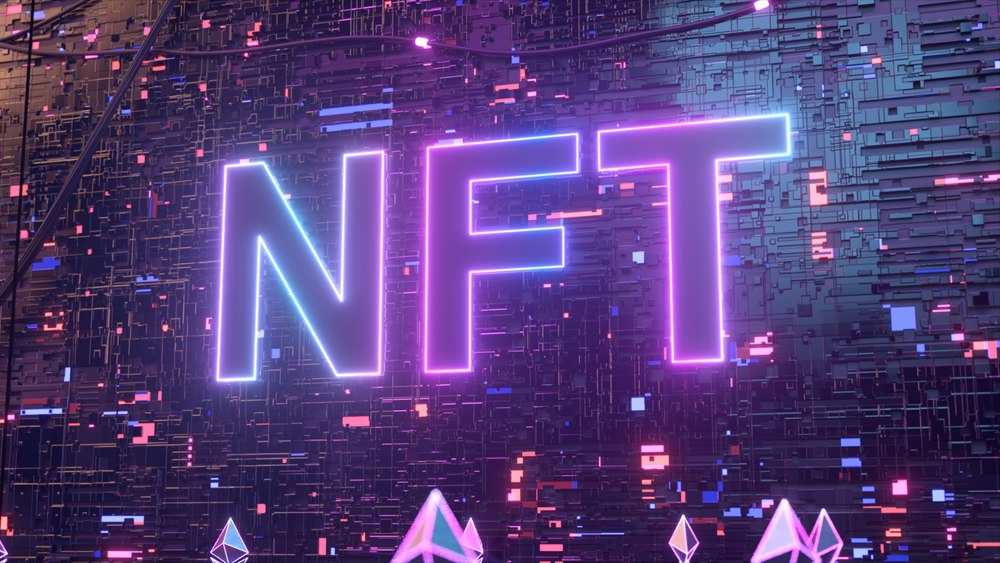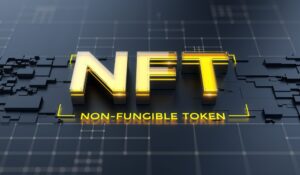- Analysis of the Blur Prices
- Recent Surge in Blur’s Popularity
Digital assets known as NFTs (Non-Fungible Tokens) are kept on a blockchain like Ethereum. NFTs are distinctive and can represent any online content, including art, music, films, and other creative works, in contrast to fungible tokens like cryptocurrencies, which are essentially the same and convertible.
The blockchain’s smart contracts, which have data regarding the asset’s possession and integrity, are used to build NFTs. The most popular gas burner on Ethereum is Blur (BLUR), the native currency of the NFT exchange Blur.
The investment firm Paradigm supports Blur, an Ethereum non-fungible token (NFT) marketplace. According to Coinmarketcap, the price of the Blur coin has risen by 15% over the past day after rising by 43% over the weekend and is currently on top of the trending list.
Analysis of the BLUR Prices
Following its launch and subsequent airdrop, the value of the Blur token experienced a significant drop from $5 to $0.60. However, the token has since been steadily recovering. These most recent changes point to a clear positive trend for the token.
It is trading at $1.19, hitting its lowest at $1.14 and highest at $1.38 in the past 24 hours. The Blur token’s daily trading volume has stayed at or near $600 million for the past 24 hours.
Recent Surge in Blur’s Popularity
Once there is enough liquidity, Coinbase will introduce BLUR-USD trading, according to a previous announcement. Regarding daily Ethereum transaction volume, Etherscan.io reported that BLUR exceeded UniSwap and Seaport.
Users must utilize the native cryptocurrency, ETH, to pay for the computational resources they use on the Ethereum network, measured in gas units. According to recent data, the network’s fees for the previous day were more than $457,006, or over 9.91% of all the fees paid on the Ethereum network.
Also, whales had burned approximately $4 million worth of Ethereum in the previous seven days due to the airdrop executed this week. Finally, the changes to Blur’s licensing guidelines for NFT creators on their platform were announced this last week.
These adjustments include the platform implementing total fees for collections that forbid trading on Opensea. In addition, as part of the newly revealed Blur policy, NFT authors who opt to prevent the trade of their works on the Opensea marketplace can select the desired royalty rate.
Blur platform chose the policy in response to Opensea’s identical practice of automatically setting royalties as optional when it detected transactions on other platforms, which was a direct competitor. Despite its denials, the press stated that Opensea profits when NFT developers obstruct transactions on the Blur platform.
Blur hopes to increase the number of users who utilize its platform by offering unlimited royalties on collections with the implementation of the new policy. The Blur platform allows NFT producers to establish a minimum royalty of 0.5%, but they can choose a more significant proportion if they so choose.
However, the royalties determined by creators on Opensea solely apply to sales made through its platform and range from 5% to 10%. The just-finished airdrop campaign significantly contributed to Blur’s rise in popularity.
The platform’s native token, which allows users to participate in the protocol’s governance, was distributed as part of the airdrop. The success of the NFT market can be attributed to the buzz that this move produced.
Disclaimer: NFTs and Cryptocurrencies are highly volatile, conduct your own research before making any investment decisions. Some of the posts on this website are guest posts or paid posts that are not written by our authors (namely Business Voices content) and the views expressed in these types of posts do not reflect the views of this website. Please read our full disclaimer here.




